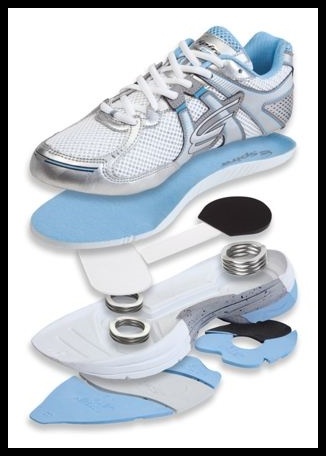A bad running shoe counters the shape of the foot in that the shoe’s often too narrow, especially the toe box which is why your toes and forefoot are more seriously affected areas, resulting in bunions, Morton’s Neuroma and Hammertoe, to name a few! A bad running shoe is also inflexible, meaning it cannot bend with the natural flexes of your foot, and overall, prevents your feet from engaging on their own, which is counter-productive since it de-conditions the foot’s muscles and arch. This will make your feet weaker and less tolerant in adapting to new training levels as compared with minimalist shoes and being barefoot. Read more here about the full consequences of relying too much on conventional running shoes!

Bretta Riches
BSc Neurobiology; MSc Biomechanics candidate, ultra minimalist runner & founder of RunForefoot. I was a heel striker, always injured. I was inspired by the great Tirunesh Dibaba to try forefoot running. Now, I'm injury free. This is why I launched Run Forefoot, to advocate the health & performance benefits of forefoot running and to raise awareness on the dangers of heel striking, because the world needs to know.
Latest posts by Bretta Riches (see all)
- Can You Run In Barefoot Shoes? Yes, But DON’T Heel Strike! - 21/07/2024
- Why Cushioned Running Shoes Are Really Bad for Your Feet - 19/07/2024
- Do Cushioned Running Shoes Cause Injuries? - 17/07/2024


Leave a Reply